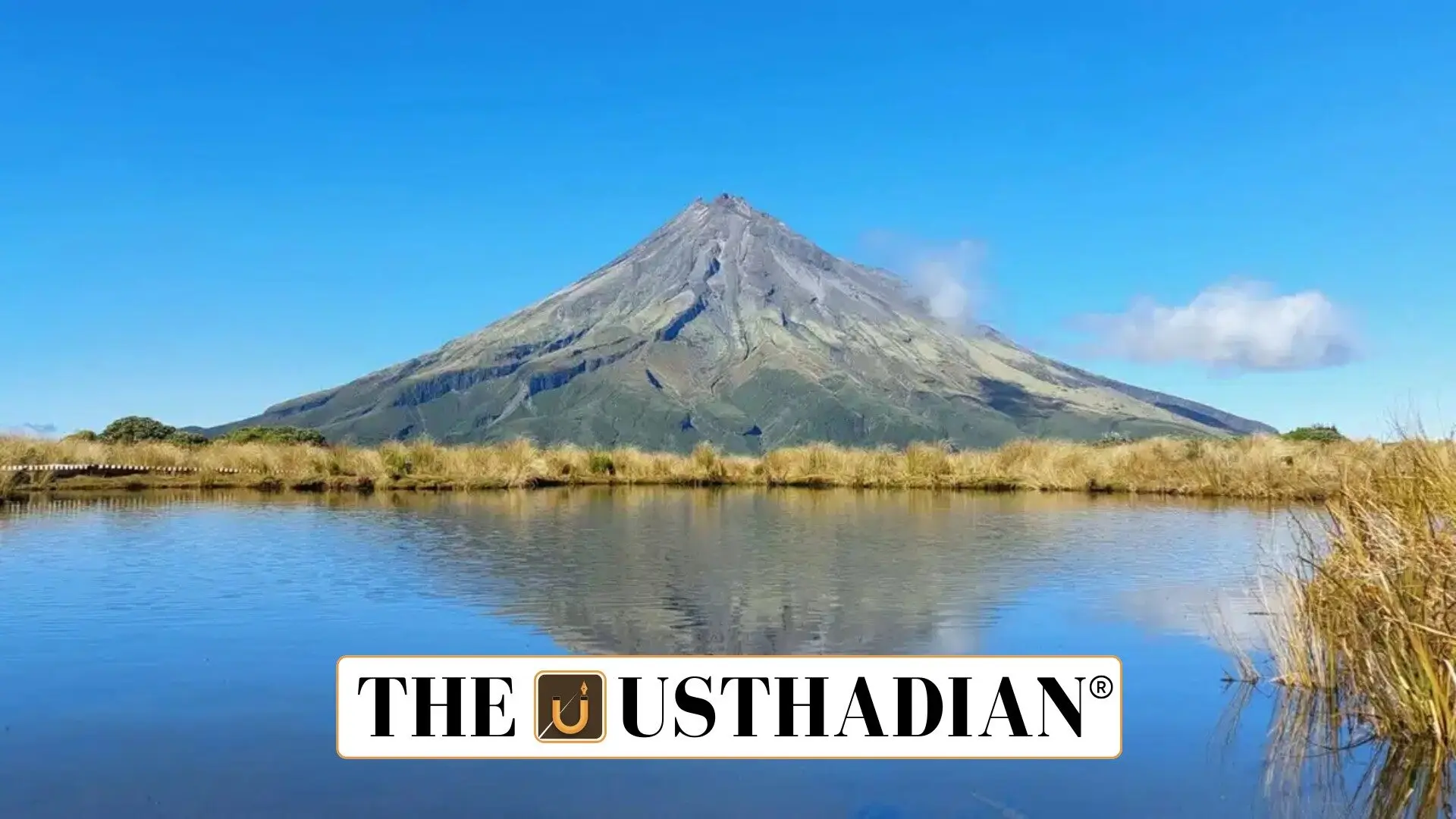A Historic Step for Nature Rights in New Zealand
Taranaki Maunga Granted Legal Personhood: A Milestone in Environmental Justice: In a landmark decision, Taranaki Maunga—a prominent snow-capped dormant volcano and the second-highest peak in New Zealand’s North Island—has been granted legal personhood. This move makes it the third natural entity in New Zealand to receive such status, following the Te Urewera Park (2014) and the Whanganui River (2017). The mountain will now be officially recognized by its Māori name, Taranaki Maunga, replacing the colonial title Mount Egmont.
Honouring Māori Cultural Identity
The decision is rooted in restoring indigenous identity and recognizing the Māori worldview, where natural features are treated as ancestors. The Māori, New Zealand’s indigenous tribes (Iwi), consider Taranaki Maunga sacred, and this step affirms their role as kaitiaki (guardians). Legal personhood means that the mountain will now have legal rights and responsibilities, and it can be represented in court through appointed guardians from the Māori community and government.
Geological and Environmental Importance
Taranaki Maunga is a stratovolcano known for its perfectly symmetrical cone. It formed due to the Pacific Plate subducting beneath the Australian Plate—a process similar to the tectonic movements that shape many of the world’s active and dormant volcanoes. Though dormant, its volcanic history and ecological importance have made it a site of both scientific and spiritual value. It continues to attract tourists, trekkers, and researchers.
Legal Personhood for Nature: A Global Trend
New Zealand’s approach to granting legal identity to natural features is increasingly seen as a model for environmental protection and indigenous rights. It acknowledges that nature is not merely property, but a living entity with intrinsic value and dignity.
India has also experimented with similar legal ideas. In 2017 and 2018, the Uttarakhand High Court declared the Ganga and Yamuna rivers, along with Gangotri and Yamunotri glaciers, as legal persons. Later, it even extended similar rights to all animals. However, the Supreme Court stayed the river ruling, creating ambiguity around its enforceability.
In 2020, the Punjab and Haryana High Court declared Sukhna Lake in Chandigarh a legal entity, strengthening environmental protections under the Doctrine of Parens Patriae—a principle that allows the state to act as a guardian for those unable to defend themselves, including elements of nature.
Global Legal and Environmental Implications
Granting legal status to natural features like Taranaki Maunga represents a paradigm shift in environmental jurisprudence. It not only provides stronger legal protection but also redefines the relationship between humans and nature. By enabling nature to be represented in legal systems, it encourages policies that are more ecologically sustainable, inclusive, and culturally respectful.
Static GK Snapshot
| Topic | Detail |
| Feature Granted Personhood | Taranaki Maunga (formerly Mount Egmont) |
| Location | North Island, New Zealand |
| Type | Stratovolcano (symmetrical cone) |
| Status | Dormant, snow-capped |
| Height | Among tallest in North Island |
| Indigenous Community | Māori tribes (Iwi) |
| Legal Precedents in NZ | Te Urewera (2014), Whanganui River (2017) |
| Indian Precedents | Ganga, Yamuna, Gangotri (Uttarakhand HC 2017–18), Sukhna Lake (2020) |
| Legal Principle | Doctrine of Parens Patriae – State as guardian of nature |
| Highest Mountain in NZ | Aoraki / Mount Cook (3,724 m) |
| Second-Highest | Mount Tasman (3,497 m) – in South Island |








